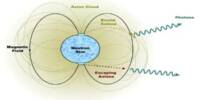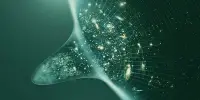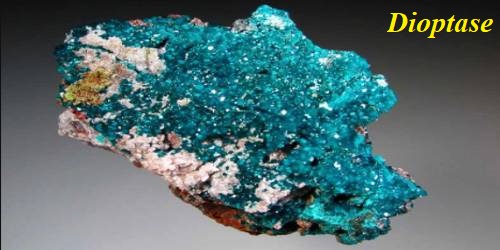Astronomers discovered a star with a solid surface but no atmosphere using data from a NASA satellite called the Imaging X-ray Polarimetry Explorer (IXPE). A signature in the X-ray light emitted by a magnetar, a highly magnetized dead star, suggests the star has a solid surface with no atmosphere.
The study, led by researchers from the University of Padova and published in the journal Science, makes use of data from a NASA satellite, the Imaging X-ray Polarimetry Explorer (IXPE), which was launched last December. The satellite, a collaboration between NASA and the Italian Space Agency, provides a new perspective on X-ray light in space by measuring its polarisation, or the direction in which light waves wiggle.
The team examined IXPE’s observation of magnetar 4U 0142+61, which is located about 13,000 light years away from Earth in the Cassiopeia constellation. This was the first observation of polarised X-ray light from a magnetar.
The study, led by researchers from the University of Padova and published in the journal Science, makes use of data from a NASA satellite called the Imaging X-ray Polarimetry Explorer (IXPE), which was launched last December. The satellite, a collaboration between NASA and the Italian Space Agency, provides a new perspective on X-ray light in space by measuring its polarisation — the direction of the light waves’ wiggle.
The polarisation at low energies is telling us that the magnetic field is likely so strong to turn the atmosphere around the star into a solid or a liquid, a phenomenon known as magnetic condensation.
Dr. Roberto Taverna
The team examined IXPE’s observation of magnetar 4U 0142+61, which is located in the Cassiopeia constellation about 13,000 light years away from Earth. This was the first time polarised X-ray light from a magnetar had been observed.
Magnetars are neutron stars, which are the dense remnant cores of massive stars that exploded as supernovae at the end of their lives. Unlike other neutron stars, they have a massive magnetic field that is the most powerful in the universe. They emit bright X-rays and have erratic activity, with bursts and flares that can release millions of times more energy in one second than our Sun does in a year. They are thought to be propelled by magnetic fields that are 100 to 1,000 times stronger than standard neutron stars.
The researchers discovered a much lower proportion of polarised light than would be expected if the X-rays had passed through an atmosphere. The team also discovered that the angle of polarisation (the wiggle) of light particles at higher energies flipped by exactly 90 degrees compared to light at lower energies, as predicted by theoretical models if the star had a solid crust surrounded by an external magnetosphere filled with electric currents.
“This was completely unexpected,” said co-lead author Professor Silvia Zane (UCL Mullard Space Science Laboratory), a member of the IXPE science team. I was convinced there would be a buzz. The star’s gas has reached a tipping point and solidified in the same way that water can turn to ice. This is due to the star’s extremely strong magnetic field.
“But, like with water, the temperature is also a factor – a hotter gas will require a stronger magnetic field to become solid. A next step is to observe hotter neutron stars with a similar magnetic field, to investigate how the interplay between temperature and magnetic field affects the properties of the star’s surface.”

Lead author Dr. Roberto Taverna, from the University of Padova, said: “The most exciting feature we could observe is the change in polarisation direction with energy, with the polarisation angle swinging by exactly 90 degrees. This is in agreement with what theoretical models predict and confirms that magnetars are indeed endowed with ultra-strong magnetic fields.”
Quantum theory predicts that light propagating in a strongly magnetized environment is polarised in two directions, parallel and perpendicular to the magnetic field. The amount and direction of the observed polarisation bear the imprint of the magnetic field structure and of the physical state of matter in the vicinity of the neutron star, providing information inaccessible otherwise.
At high energies, photons (particles of light) polarised perpendicularly to the magnetic field are expected to dominate, resulting in the observed 90-degree polarisation swing.
Professor Roberto Turolla, from the University of Padova, who is also an honorary professor at the UCL Mullard Space Science Laboratory, said: “The polarisation at low energies is telling us that the magnetic field is likely so strong to turn the atmosphere around the star into a solid or a liquid, a phenomenon known as magnetic condensation.”
The solid crust of the star is thought to be composed of a lattice of ions, held together by the magnetic field. The atoms would not be spherical, but elongated in the direction of the magnetic field.
It is still debatable whether magnetars and other neutron stars have atmospheres. The new paper, on the other hand, is the first observation of a neutron star in which a solid crust is a reliable explanation.
Jeremy Heyl, professor at the University of British Columbia (UBC), added: “It is also worth noting that including quantum electrodynamics effects in our theoretical modeling yields results that are consistent with the IXPE observation. Nonetheless, we are looking into alternative models to explain the IXPE data that do not yet have proper numerical simulations.”
















